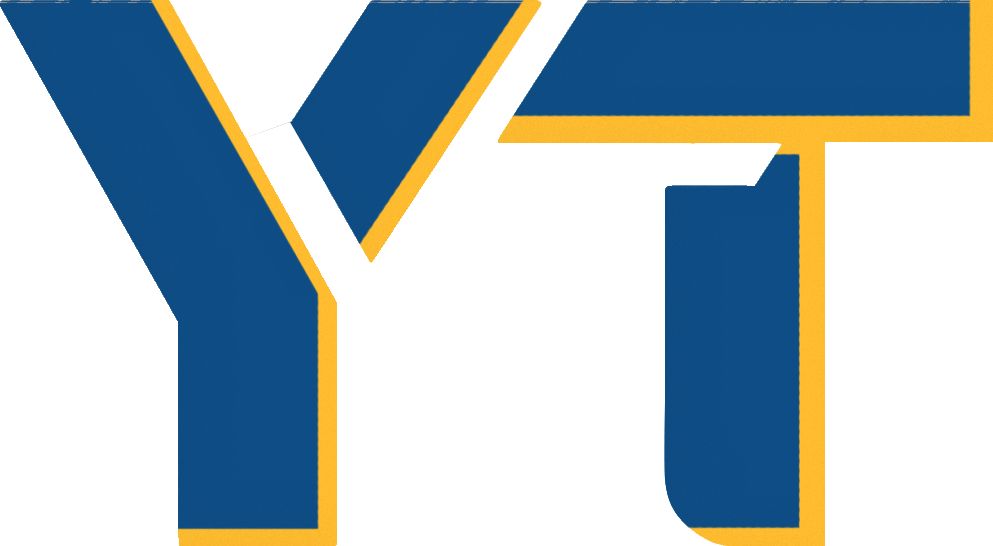Core Product Categories
Discover our premium hardware solutions crafted with precision engineering and superior materials for furniture manufacturers worldwide.
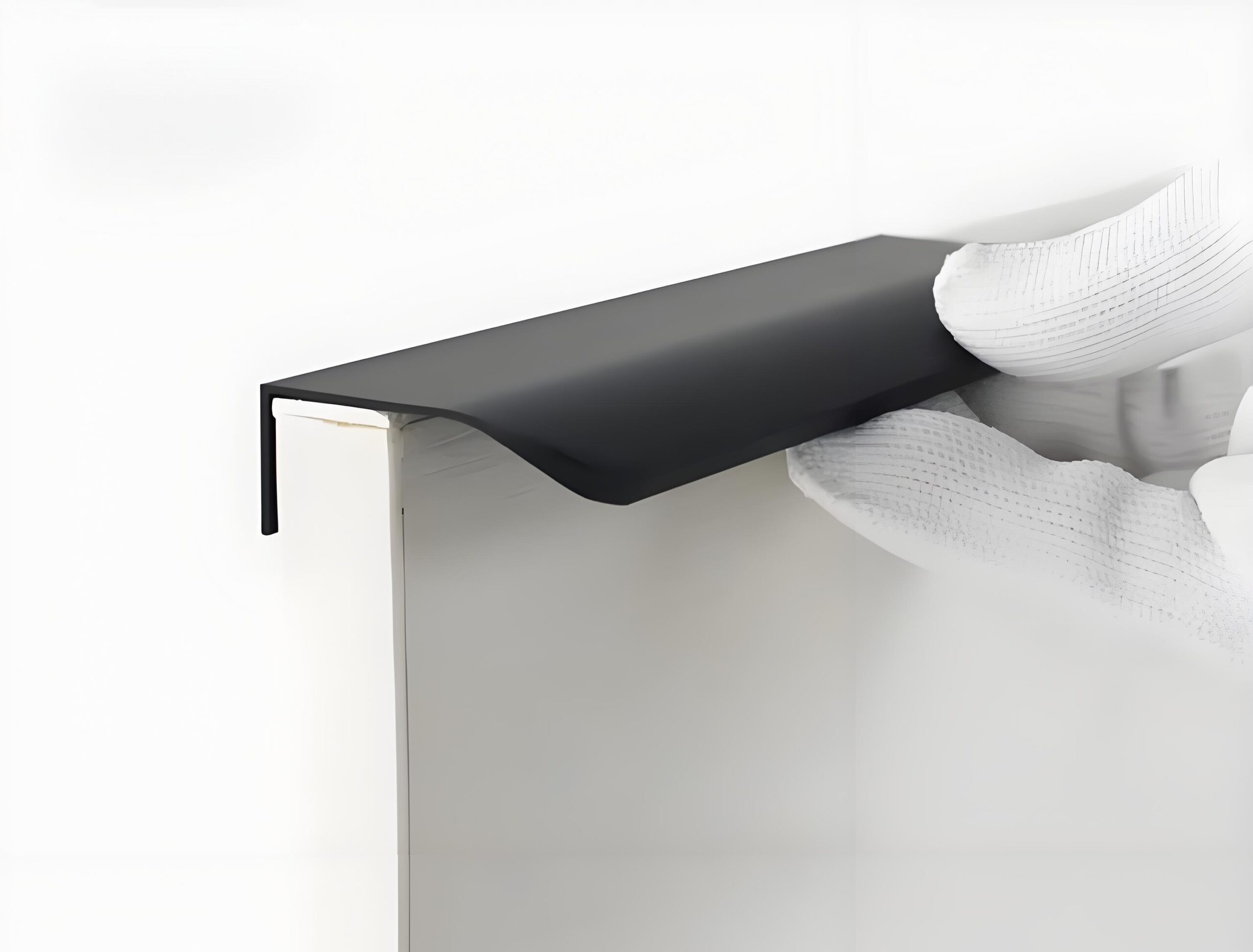
Hot Products
Premium cookware with sleek modern designs, offering great durability and performance—ideal for pros and home use.
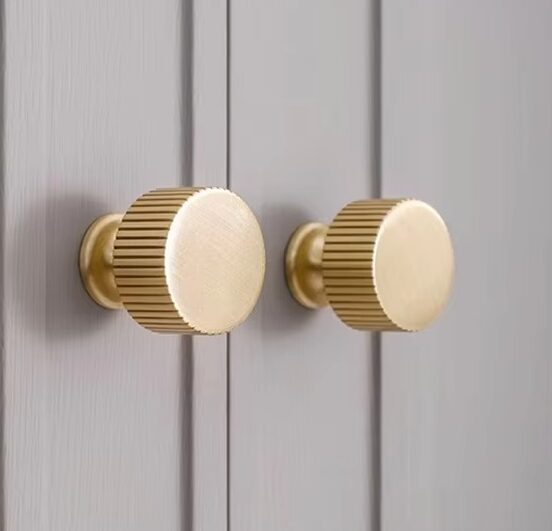
Cabinet Knobs
Precision-engineered knobs and pulls for cabinets and drawers. Durable construction with elegant designs suitable for kitchens, bathrooms, and office furniture.
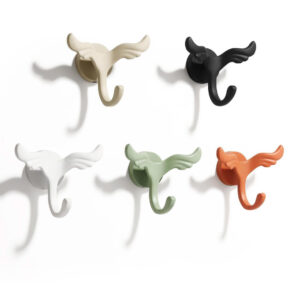
Coat Hooks
Versatile hooks and hangers that combine practical storage with elegant design. Weight-tested and corrosion-resistant for long-lasting durability.
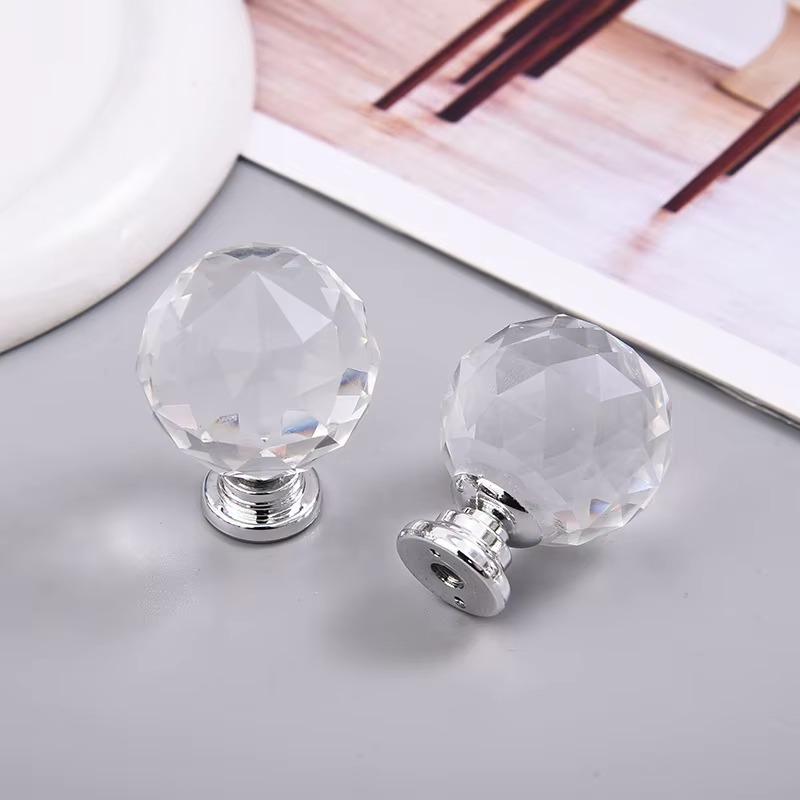
In Stocks
A wide range of popular and in-demand items are currently available, all ready for immediate shipment. No lengthy waits or pre-order delays—secure your choice now and have it on its way without delay.
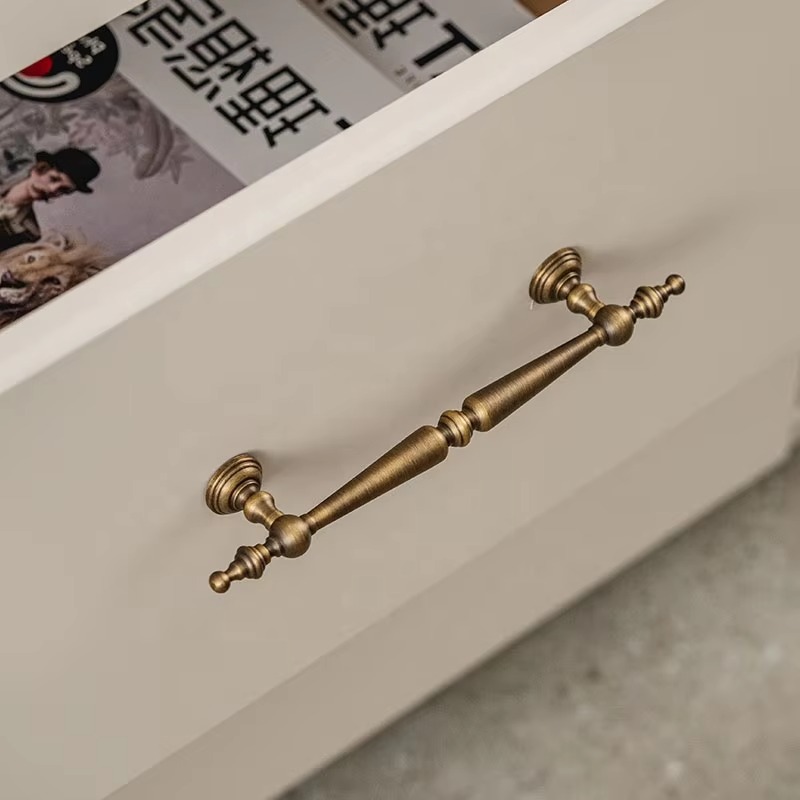
Zinc Alloy Handles
Made from premium zinc alloy, these handles are both durable and stylish, boasting a sleek finish. They’re perfect for adding a refined touch to cabinets, doors, or furniture with their reliable performance.
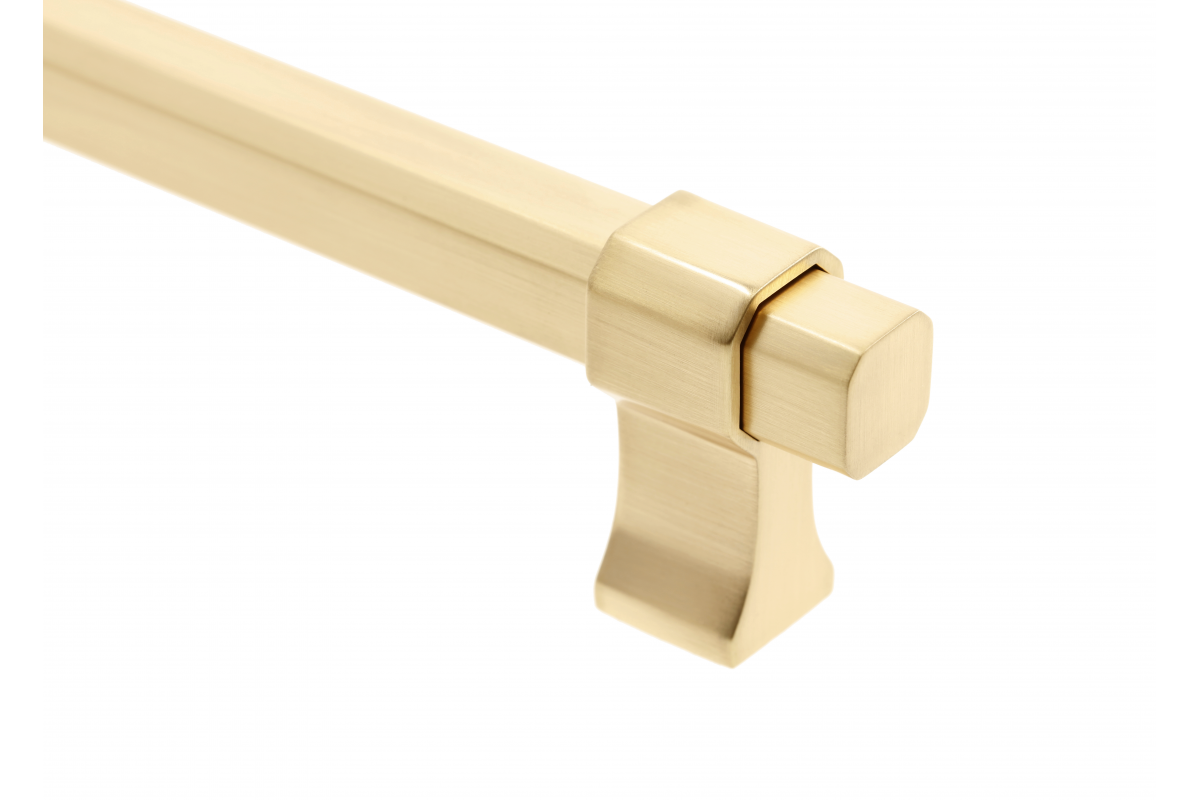
Aluminum Handles
Crafted from high-grade aluminum, these handles are lightweight yet robust, featuring a smooth, modern finish. They bring a sleek, contemporary touch to cabinets, doors, or furniture while ensuring long-lasting use.
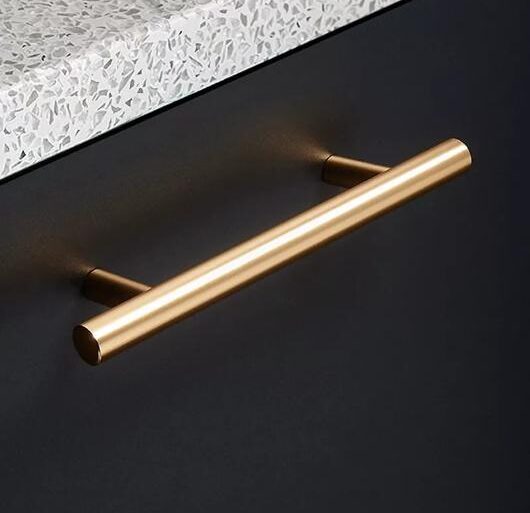
Stainless Steel/Iron
Premium stainless steel and iron, strong, corrosion-resistant, polished or matte. They bring a tough, timeless look to cabinets, doors, furniture—blending durability and classic style.
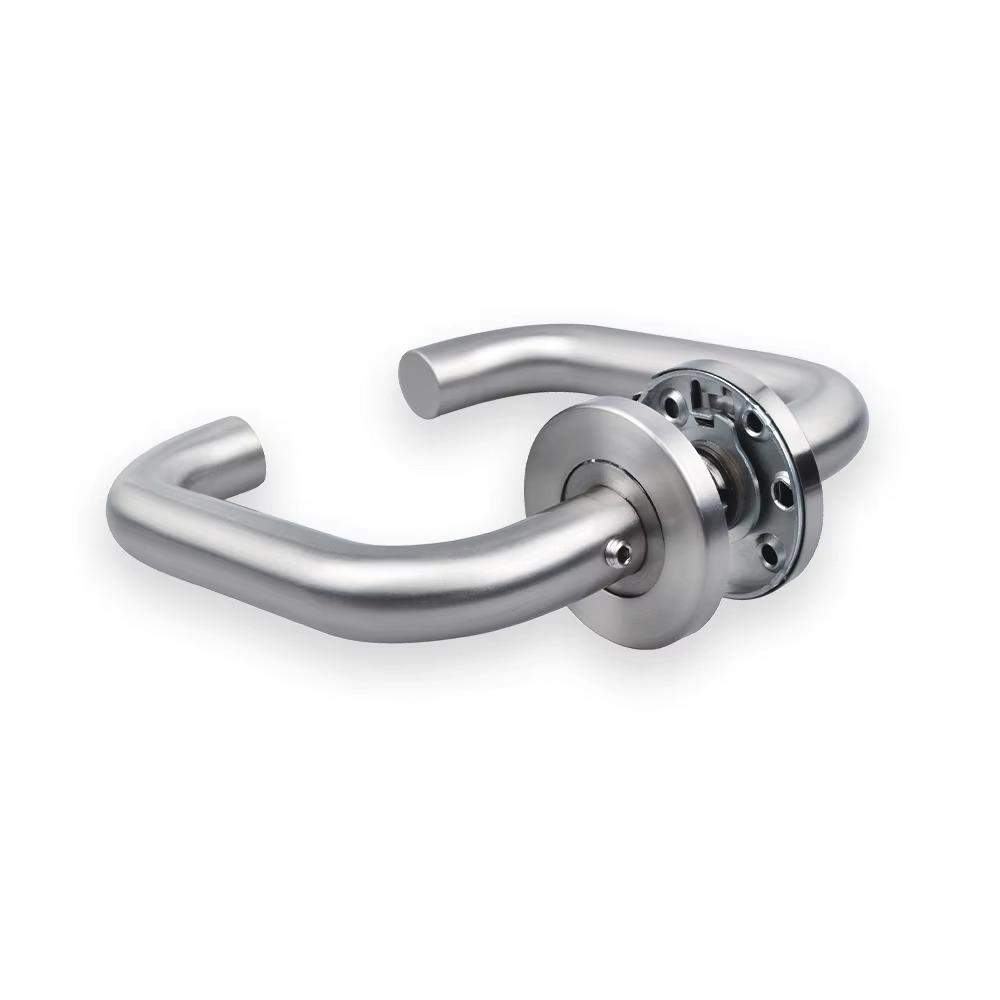
Door Handles
Stylish and functional, designed for easy grip and lasting use. They add a finishing touch to any door, blending practicality with varied aesthetic options.
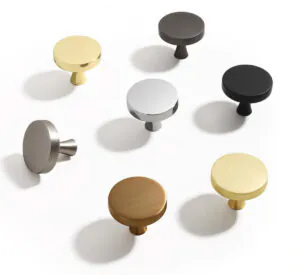
Others
Various hardware accessories for furniture, aiding functionality and enhancing finish, suited to diverse assembly and styling needs.
Custom Solutions Available
Can't find exactly what you need? Our engineering team specializes in creating custom hardware solutions tailored to your specific requirements.
Professional Production Line, A Reliable Choice
From materials to finished products, every step is taken seriously. Machines operate efficiently, and manual checks are thorough, making products reliable and stable. We've always put our heart into every product. Choose us, and you'll have peace of mind.

Die Casting Excellence
Die casting is an efficient metal forming process, producing blanks with complex shapes and high precision for automotive, electronics, home appliances and other fields.
The tonnage of die casting machines must match product size and weight to ensure molten metal fully fills the cavity; the processing temperature is usually 400-430°C to maintain fluidity.
Precise control of temperature and casting speed reduces sand holes, defects and misalignment: excessive temperature causes oxidation, insufficient temperature leads to incomplete filling; overly fast speed traps air, while slow speed may cause cold shuts.
After forming, blanks are inspected after mold opening. Manual or automated equipment screen out unqualified products with deformation, defects or sand holes, which is key to ensuring subsequent processing quality.
Quick Inquiry Form
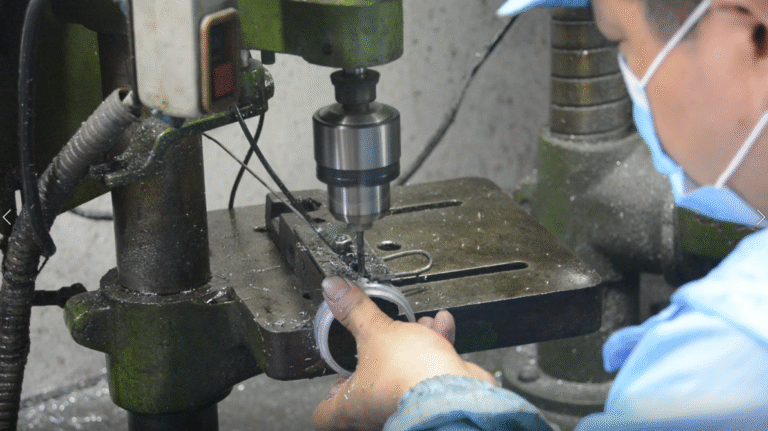
Seiko process
Precision machining is crucial to product performance, accuracy and service life. Hole machining after die casting must ensure accurate position and hole diameter, otherwise it will affect assembly.
Thread tapping accuracy is critical and must comply with national or American standards. Manual tapping is suitable for small-batch production, while semi-automatic tapping machines can better ensure consistency in mass production and adjust thread depth according to needs.
Foot grinding can remove burrs, improve user experience and product smoothness, and lay a good foundation for subsequent processes. In short, only by controlling all aspects of precision machining can high-quality products be produced.
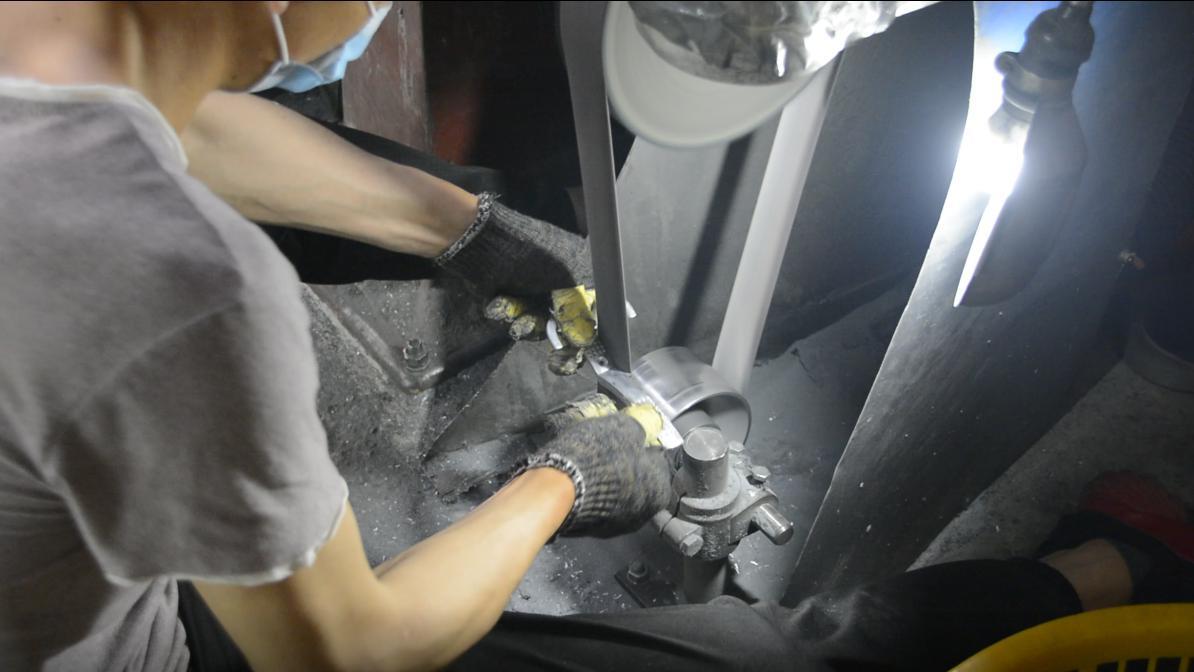
Polishing process
Surface treatment of blanks is a crucial step in the product processing flow. For blanks formed by die-casting, an oxide layer and old skin layer tend to form on their surface. These substances not only affect the glossiness of the product's appearance but also hinder the smooth progress of the subsequent electroplating process.
Through targeted surface treatment methods such as polishing, these surface impurities can be effectively removed, making the surface of the blank flat, smooth and glossy.
Such treatment lays a good foundation for the electroplating process — a clean and smooth surface allows the electroplating layer to adhere more uniformly, reduces problems such as bubbles and peeling of the coating, and ultimately improves the quality, corrosion resistance and aesthetics of the electroplated products, ensuring that the products meet the designed performance and appearance requirements.
Quick Inquiry Form
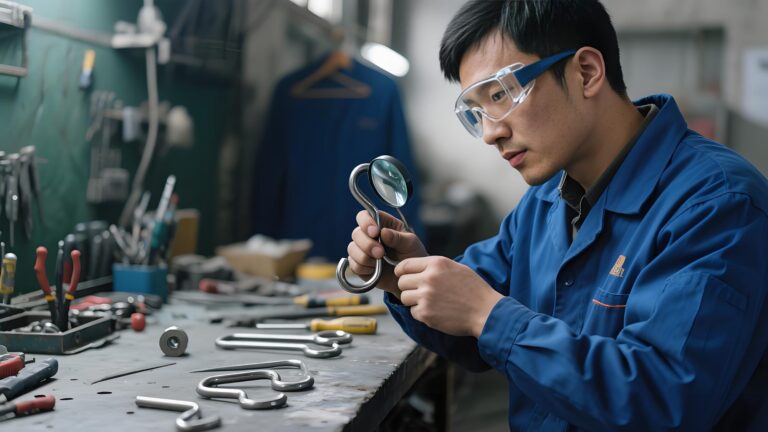
Polishing Inspection
Polishing inspection is a semi-finished product check conducted after initial polishing but before the next process. Its purpose is to identify defects and prevent unqualified products from entering subsequent stages.
Inspection focuses on checking for sand holes, deformation, burrs, bulges, scratches, oxide scale (old skin), and die-casting marks. These defects affect product sealing, appearance, dimensional accuracy, and performance.
Unqualified products are marked with a special pen for rework. Reworked products must be re-inspected until they meet standards, which is key to ensuring finished product quality and reducing costs.
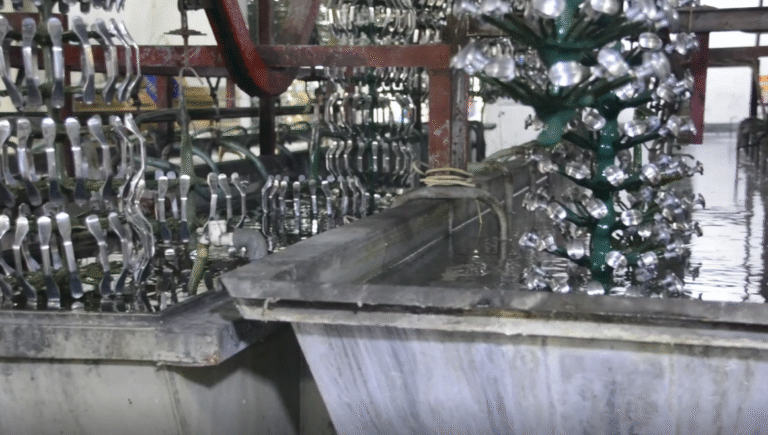
Electroplating
Electroplating is a surface treatment for metal parts, designed to enhance their performance and appearance through a sequence of precise steps. First, parts undergo thorough cleaning with sulfuric acid, which effectively removes oxide layers, stubborn oil stains, and other surface impurities to ensure tight adhesion of subsequent coatings.
Next, a copper undercoat is applied to create a smooth base, strengthen bonding, and fill tiny imperfections. Following this, nickel plating boosts hardness, wear resistance, and corrosion resistance, while preparing the surface for coloring.
ter nickel plating, the desired color is applied—such as chromium for brightness, gold for luxury, or black nickel for a sleek look—serving both aesthetics and function.
Surface treatments like wire drawing (adding texture) and tumbling (smoothing edges) follow, before a protective paint is sprayed to shield from contaminants, slow oxidation, and increase scratch resistance, ensuring long-term quality.
Quick Inquiry Form
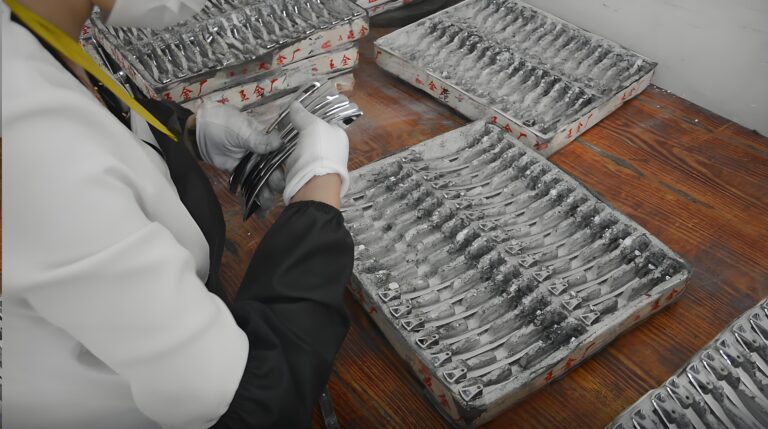
Finished product inspection
Finished product inspection is a final quality check conducted after all manufacturing processes are completed but before product delivery. Its main purpose is to identify existing defects and prevent unqualified products from reaching the market.
Inspection focuses on checking for bubbles, scratches, cracks, color inconsistency, and dimensional deviations. These defects affect product appearance, structural stability, usage safety, and customer satisfaction.
Unqualified products are marked with a dedicated label for isolation. Products that can be repaired undergo rework and must pass re-inspection before being qualified; those beyond repair are discarded. This process is critical for ensuring delivery quality and maintaining brand reputation.
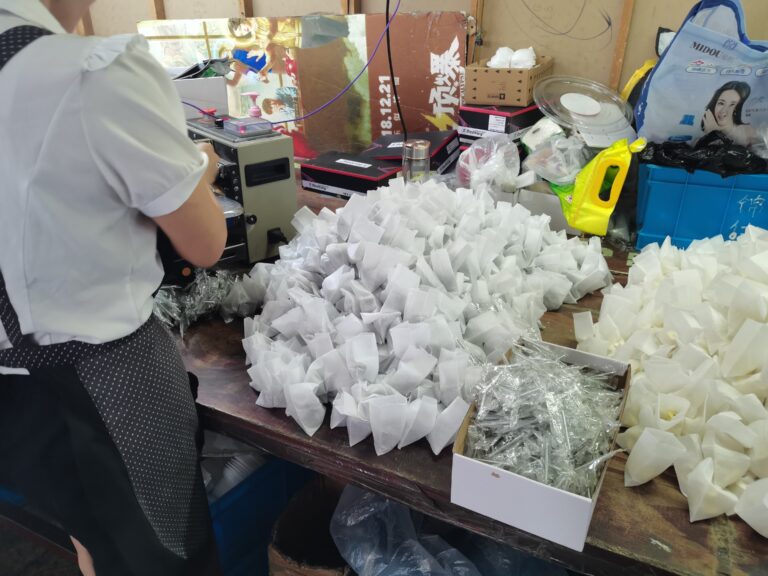
Packaging
Packaging, a crucial post-finished-product-inspection process, ensures products are protected during storage, transportation, and delivery by selecting suitable materials like appropriately sized plastic bags (with various thicknesses for different needs)
and outer cartons based on product characteristics and customer requirements; it offers customization such as logo printing and customer-specified labels, requires firm and neat four-side sealing for plastic bags and secure sealing for outer cartons,
with packaging personnel verifying requirements, operating tools proficiently, and conducting post-packaging inspections to ensure quality, while maintaining attention to detail to meet standards.
Quick Inquiry Form

Get Free Quote
Contact us to get a free quote and more expertise about custom furniture handles. Your project will find the perfect solution with Apextrusion.
Quick Inquiry Form
Elegant Custom-Made Furniture Pull Handles - Tailored for Timeless Design
Contact us to get a free quote and more expertise about custom furniture handles. Your project will find the perfect solution with Apextrusion.
Tell Us What You Need
Tell us as specific as possible of your needs, provide the drawing, reference picture and share your idea.
Get Solution & Quote
We will work on the best solution according to your requirements and drawing, the specific quote will be provided within 24 hours.
Approve for Mass Production
We will start mass production after getting your approval and deposit, and we will handle the shipment.

